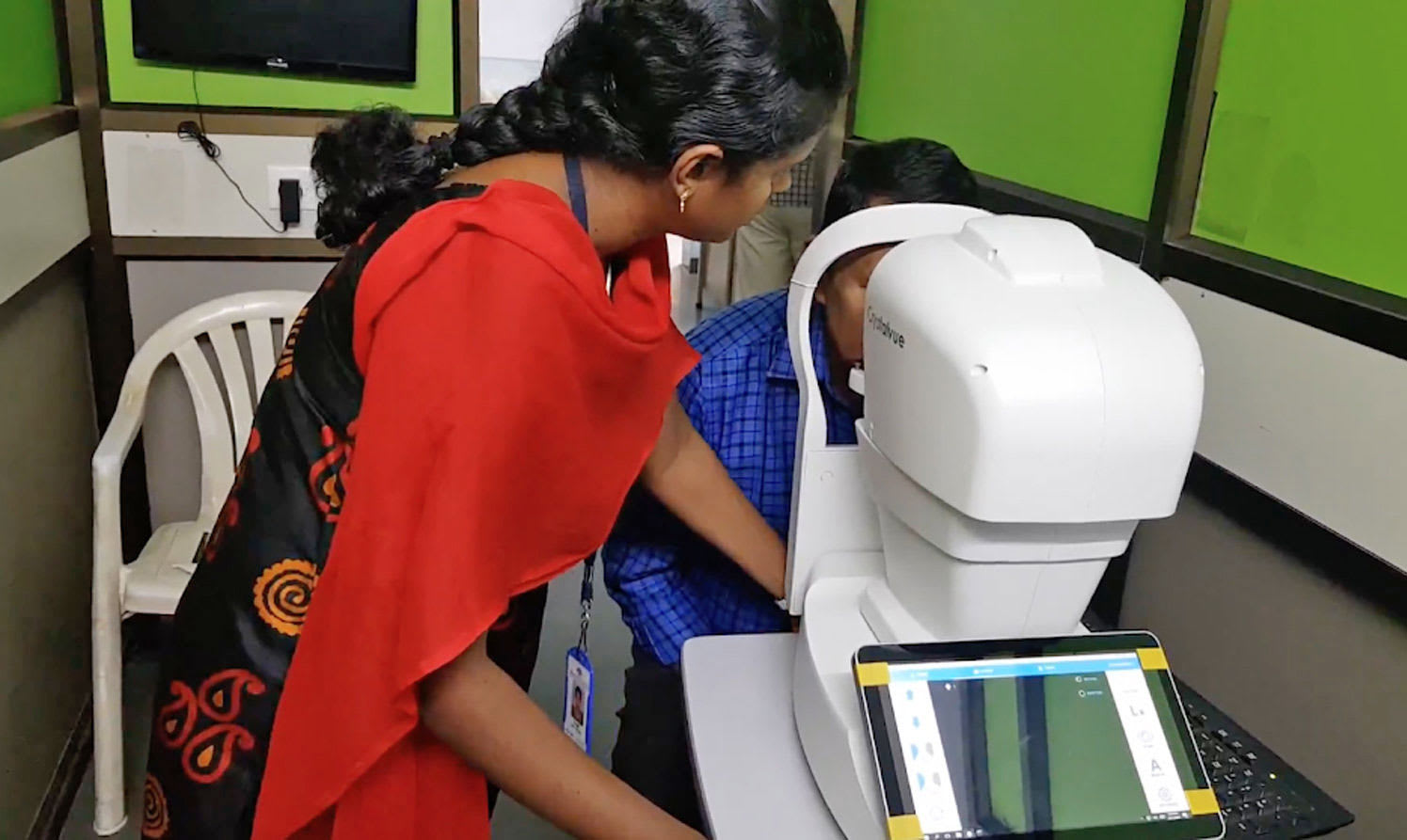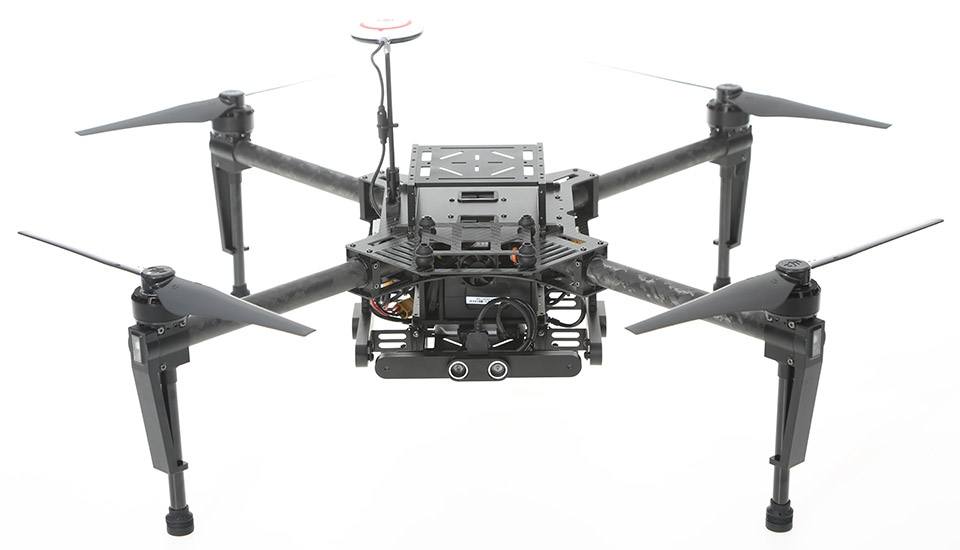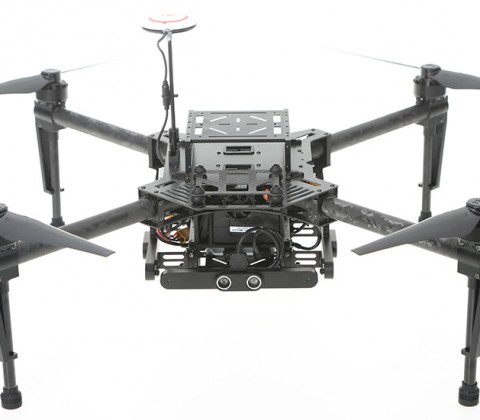Posts Tagged: prevent
US airports now have software to prevent aircraft from landing on taxiways by mistake
Pilots have to worry about more than just mid-flight crashes and bad weather — they also risk a collision if they land on the taxiway instead of the runway. Thankfully, they have now have a digital safeguard. The Federal Aviation Administration (FAA) tellsAxios that 43 major US airports are now using ASDE-X Taxiway Arrival Prediction (ATAP), a software platform that warns air traffic controllers if an aircraft is lining up to land on a taxiway by mistake. An aviator shouldn't endanger lives on the ground simply because they're inexperienced or fatigued.
The system relies on standard radar along with other sensors. It also works regardless of aircraft size — it can flag small turboprops and large airliners. ATAP first saw use at Seattle-Tacoma International Airport in 2018, and the FAA says it finished software upgrades at compatible airports last September. Some of the airports using the tech include Boston Logan, Chicago O'Hare and New York's JFK.
This is more than just a theoretical exercise. The FAA notes ATAP has caught over 50 potential taxiway landings since 2018, and there have been eight alerts so far in 2023. While accidental landings are far less common than crashes (and thus far less deadly), the software may still be helpful even if it prevents chaos from an aircraft disrupting the queue.
ATAP's rise comes as aircraft and airports increasingly rely on digital safety systems. Airbus, for instance, recently began testing a pilot assist that can automatically divert flights in emergencies, aid with taxiing and even land if the pilots are incapacitated. Full autonomy is still distant, but there may soon be many safeguards against everything from simple errors to an unconscious crew.
This article originally appeared on Engadget at https://www.engadget.com/us-airports-now-have-software-to-prevent-aircraft-from-landing-on-taxiways-by-mistake-173646341.html?src=rss
Engadget is a web magazine with obsessive daily coverage of everything new in gadgets and consumer electronics
NASA’s new sleeping bags could prevent eyeball ‘squashing’ on the ISS
Becoming an astronaut requires perfect 20/20 vision, but unfortunately, the effects of space can cause astronauts to return to Earth with degraded eyesight. Now, researchers from UT Southwestern Medical Center have developed a sleeping bag that that could prevent or reduce those problems by effectively sucking fluid out of astronauts' heads.
More than half of NASA astronauts that went to the International Space Station (ISS) for more than six months have developed vision problems to varying degrees. In one case, astronaut John Philips returned from a six month stint about the ISS in 2005 with his vision reduced from 20/20 to 20/100, as the BBC reported.
For multi-year trips to Mars, for example, this could become an issue. "It would be a disaster if astronauts had such severe impairments that they couldn't see what they're doing and it compromised the mission," lead researcher Dr. Benjamin Levine told the BBC.
Fluids tend to accumulate in the head when you sleep, but on Earth, gravity pulls them back down into the body when you get up. In the low gravity of space, though, more than a half gallon of fluid collects in the head. That in turn applies pressure to the eyeball, causing flattening that can lead to vision impairment — a disorder called spaceflight-associated neuro-ocular syndrome, or SANS. (Dr. Levine discovered SANS by flying cancer patients aboard zero-G parabolic flights. They still had ports in their heads to receive chemotherapy, which gave researchers an access point to measure pressure within their brains.)
To combat SANS, researchers collaborated with outdoor gear manufacturer REI to develop a sleeping bag that fits around the waist, enclosing the lower body. A vacuum cleaner-like suction device is then activated that draws fluid toward the feet, preventing it from accumulating in the head.
Around a dozen people volunteered to test the technology, and the results were positive. Some questions need to be answered before NASA brings the technology aboard the ISS, including the optimal amount of time astronauts should spend in the sleeping bag each day. They also need to determine if every astronaut should use one, or just those at risk of developing SANS.
Still, Dr. Levine is hopeful that SANS will no longer be an issue by the time NASA is ready to go to Mars. "This is perhaps one of the most mission-critical medical issues that has been discovered in the last decade for the space program," he said in a statement.
Zoom’s latest changes to prevent ‘zoombombing’ arrive on May 9th
Zoom is implementing more of its promised measures to bolster security and prevent “zoombombing” by unwanted guests. To start, it recently gave admins the option of disabling personal meeting IDs for scheduling and starting meetings. An intruder who…
Engadget RSS Feed
Verily’s algorithm helps prevent eye disease in India

Engadget RSS Feed
This wearable pitches to pitchers a way to prevent arm injuries
The best offense is a good defense. And now, this principle is being applied to sports clothing by way of a new kind of wearable known from Ziel initially designed to help baseball pitchers.
The post This wearable pitches to pitchers a way to prevent arm injuries appeared first on Digital Trends.


DJI’s experimental drone will help prevent collisions
 DJI has just made its UAV platform a lot more developer-friendly with a new test drone and collision avoidance system, along with an SDK for its current DJI Inspire 1 and Phontom 3 models. The Matrice 100 (M100) is a new quadcopter made specifically …
DJI has just made its UAV platform a lot more developer-friendly with a new test drone and collision avoidance system, along with an SDK for its current DJI Inspire 1 and Phontom 3 models. The Matrice 100 (M100) is a new quadcopter made specifically …
Engadget RSS Feed
